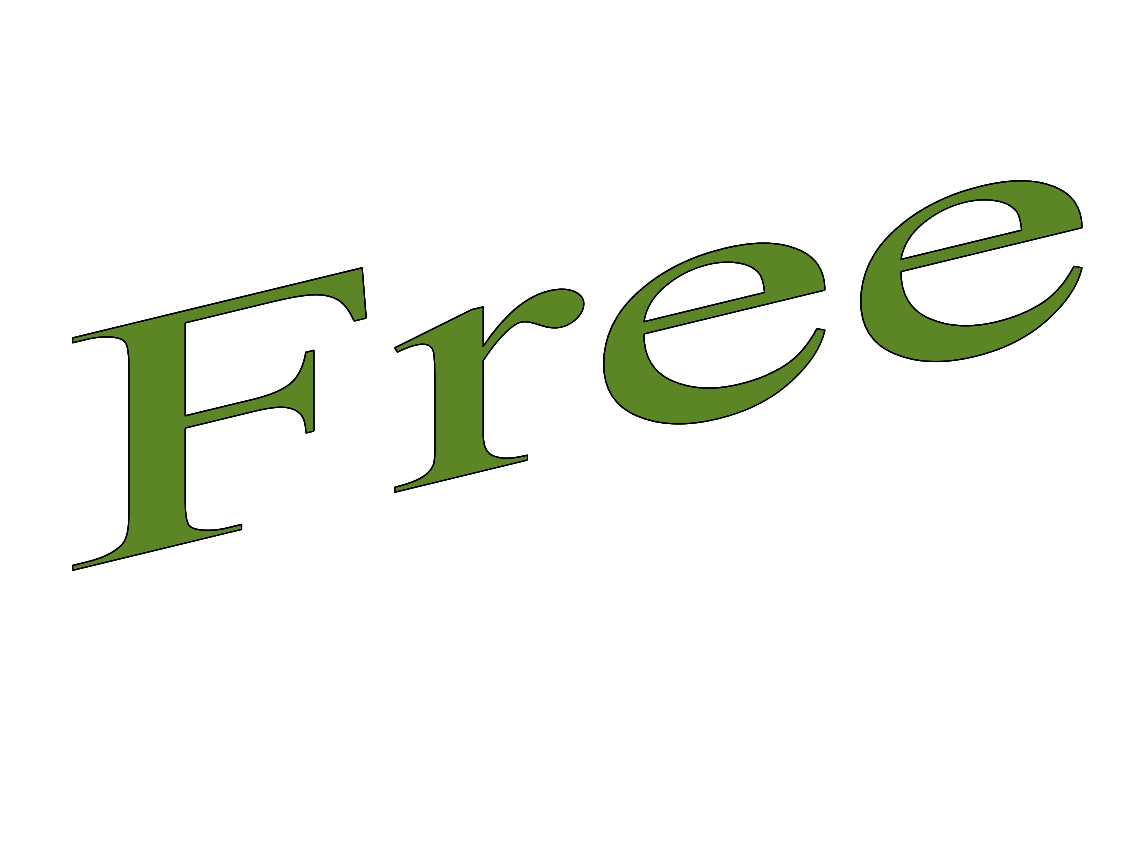Free vs For-Pay Language Programs
 Many programs for learning a foreign language still rely on books, records, tapes, CDs, videos, films, and are being used in classrooms and by private tutors alike. Such materials are typically purchased (or may also be obtained through your local library).
Many programs for learning a foreign language still rely on books, records, tapes, CDs, videos, films, and are being used in classrooms and by private tutors alike. Such materials are typically purchased (or may also be obtained through your local library).
The advent of the Internet has made large numbers of language learning materials available for free. And so companies and organizations that produce such materials find themselves in a similar position as newspapers and news organizations: Provide free content to attract readers/users, but also find revenue sources that allow for the development, marketing, and distribution of such content.
There is no mystery about the revenue sources for online language programs:
- Product sales or subscriptions
- Sales of ads on site
- Grants/philanthropy/donations
- A combination of the above
Examining the PC/mobile or online language programs that exist today, one finds that English speakers have a wide range of choices. Truly free programs such as DuoLingo.com, GamesforLanguage, or MOOCs (massive open online courses), low-cost programs, “Freemium” programs, (programs with free lessons that “up-sell” and/or have ads), and high-cost programs, with Rosetta Stone being the best-known in that group.
For language learners price may be a deciding factor, but quality, effectiveness, and a fit with one's personal learning style are not always proportional to price.
